Table of Contents
ToggleOverview Of Single Stage And Two stage Air Compressors
Industries Employ Single-Stage and Two-Stage Air Compressors.
Single-stage Air compressors are simpler and ideal for low-pressure and volume applications. Small workshops, garages, and light-duty chores employ them. However, they may be inefficient in high-pressure situations.
Two-stage Air compressors work better and produce more air pressure and volume. Heavy-duty industrial applications that require continuous and high-demand air supply use them. Single-stage or two-stage compressors rely on industrial demands, budget, and criteria
Understanding Single Stage Air Compressors
1. Definition and Use:
- Single-stroke compressors compress air.
- Cylinder, piston, valves, and motor.
- The motor powers the piston, generating a vacuum that draws in air and compresses it in a tank.
2. Compression Process:
- Piston-cylinder compressors are single-stage.
- Air enters the cylinder as the piston descends.
- Compressed air rises with the piston.
- A storage tank receives compressed air.
3. Important Parts:
- Cylinder: Compresses piston.
- Air is compressed by the piston.
- Valves: Cylinder intake and discharge valves regulate airflow.
- Motor: Powers piston and compressor.
- Single-Stage Air Compressor Benefits:
- Simple design
- Single-stage air compressors are easy to run and maintain.
- Cheaper than two-stage air compressors.
- Low-pressure use
- Single-stage compressors work for low-pressure applications.
- Single-stage compressor drawbacks
- They cannot handle tremendous pressure.
- Single-stage compressors create greater heat.
- Energy efficiency is lower than two-stage compressors.
5. Industrial Use:
- Workshops, garages, and DIY projects employ single-stage compressors.
- They can inflate tires, operate pneumatic tools, and power tiny machines.
- Single-stage compressors aid automobile repair, carpentry, and small-scale manufacturing.
6. Performance Limits:
- Single-stage compressors have lesser air pressure and volume than two-stage compressors.
- Duty cycle: Continuous heavy-duty use may overheat single-stage compressors and require cooling times.
- Single-stage compressors are loud.
7. Think About:
- Power and efficiency: Determine the compressor’s energy efficiency and power source.
- Air pressure and volume: Assess the compressor’s ability to satisfy the application’s needs.
- Consider routine maintenance costs, replacement parts availability, and overall affordability.
- Selecting a single-stage air compressor requires knowledge. Single-stage air compressors thrive in smaller applications where cost-effectiveness and simplicity are prized, notwithstanding pressure and volume limits.
Understanding Two Stage Air Compressors
Two-stage air compressors are made to squeeze air in two stages so you can get more pressure. There is a low-pressure and high-pressure cylinder. So basically, the low-pressure cylinder squeezes the air and sends it over to the high-pressure cylinder for even more squeezing and keeping it stored.
.
- Step 1: the low-pressure cylinder sucks in air and squishes it to a kinda high pressure.
- Step 2: Next up, the kinda strong air goes to the big cylinder to get even stronger until it’s just right.
- Step 3: We keep the air in a tank to use for different stuff.
Advantages:
- Check it out – two-stage compressors can totally crank out way more air pressure than single-stage ones.
- These bad boys are made for tough jobs that need a steady and dependable breeze.
- Energy Efficiency: The two-stage compression thingy helps cool things down better, so you don’t waste as much energy and everything works better.
- Two-stage compressors are pretty cool because they can handle all sorts of air pressure needs and work great for lots of different industrial stuff.
Disadvantages:
- Bigger Size: Two-stage compressors are usually bigger and heavier because they have more parts and can handle higher pressure.
- Costs more: They’re usually pricier than single-stage compressors because of their fancy design and better performance.
- Maintenance: Yo, just a heads up, two-stage compressors might need some extra TLC because they got two cylinders and valves to deal with.
Let’s talk about how we use stuff in the industry.
In manufacturing plants, they usually use two-stage compressors to run pneumatic machinery, control robotic systems, and power production lines. They give the strong air needed for construction tools like jackhammers, nail guns, and concrete breakers. In auto shops, you gotta have those two-stage compressors for stuff like inflating tires, painting, and sandblasting.
Let’s discuss efficiency.
- Two-stage compressors are cooler since they compress more air.
- This means they can handle bigger jobs that need more air.
- Just a heads up – those two-stage compressors can get pretty loud and shaky because they’re bigger and more powerful.
- So, these two-stage compressors are pretty cool. They can handle some serious work without getting too hot and can run non-stop.
It’s super important to know about two-stage air compressors if you want to pick the right one for industrial stuff. These bad boys can handle tough jobs in all sorts of industries thanks to their ability to pump out high pressure, save energy, and keep going non-stop. Based on pressure, use, and maintenance, choose a two-stage compressor.
Single Stage vs. Two Stage: A Comparative Analysis
To choose the right air compressor, compare models. Single- and two-stage compressors are popular. Let’s compare them:
1. Performance comparison:
Efficiency and power consumption: Dual-stage compressors are more efficient. They compress air more efficiently than single-stage compressors.
Air pressure and volume outputs: Two-stage compressors provide more air pressure and volume, making them suited for demanding applications that require steady and continuous airflow.
Vibrations and noise: Single-stage compressors are louder and vibrate more. Two-stage compressors run slower and are quieter.
2. Fit and Versatility:
Single-stage compressors: Single-stage compressors are ideal for DIY projects, modest activities, and applications that require reduced air pressure and volume. Workshops, garages, and homes utilize them.
Two-stage compressors excel: Heavy-duty and industrial applications that require high air pressure and continuous operation benefit from two-stage compressors. Manufacturing, automotive, and construction sites have them.
Ability to adapt: Two-stage compressors can manage different air pressures, giving them more versatility. They’re adaptable in changing workplaces.
3. Cost analysis:
Initial investment and equipment costs: Single-stage compressors are less upfront, making them a good alternative for people on a budget or with lighter demands. Two-stage compressors, with their innovative design and superior performance, cost more.
Operational costs and energy consumption: Two-stage compressors use less energy for the same output, reducing long-term costs. Single-stage compressors may use more energy and cost more to operate over time.
Long-term maintenance and repair: Two-stage compressors require more maintenance due to their more complicated design. Long-term maintenance and repair costs should include spare part availability and pricing.
Based on your needs, compare single-stage and two-stage compressors. To choose the best option, consider air pressure, volume, efficiency, noise, and long-term expenses.
Factors To Consider: Single Stage vs. Two Stage Air Compressors
Choosing between single-stage and two-stage air compressors requires numerous considerations. Evaluation criteria:
Air Pressure: Determine your application’s air pressure. Two-stage compressors are better at higher pressures than single-stage compressors.
Air Volume Demands: Consider your compressed air needs. Two-stage compressors are ideal for high-airflow applications because they produce more air.
Operational Demands: Assess task demands. Single-stage compressors work well for intermittent and variable air pressure jobs. Two-stage compressors may operate continuously in heavy-duty applications.
Assess compressor energy efficiency. The dual-stage compression method makes two-stage compressors more efficient, saving energy and money over time.
Consider compressor noise and vibration. Single-stage compressors are louder and vibrate more. Two-stage compressors run slower and may be quieter.
Size and mobility: Consider space and mobility. Single-stage compressors are lighter and smaller, making them ideal for mobile or restricted workspaces. Two-stage compressors weigh more.
Budget and Cost: Consider upfront, operating, and maintenance costs. Two-stage compressors cost more upfront but save money over time due to their efficiency.
These variables might help you choose between single-stage and two-stage air compressors. Choose the compressor that meets your goals, industry standards, and budget to maximize performance and productivity.
Power Requirements And Efficiency
Compare single-stage and two-stage air compressors by power and efficiency. Let’s compare the two types’ differences:
Power Needs:
Single-stage compressors need 120-volt electricity. They’re for smaller applications that don’t require significant air pressure or continuous operation. Single-stage compressors use less electricity.
Two-stage compressors require 240 volts or more. To power the additional components and increase air pressure, dual-stage compression requires more electricity. Heavy-duty applications and continuous operation are frequent in industrial environments.
Efficiency levels:
Single-stage compressors are simpler but less efficient than two-stage compressors. Their single-stage compression technique may generate more heat, wasting resources. Some single-stage compressors use less energy thanks to technology.
Two-Stage Compressors: Two-stage compressors are efficient. Dual-stage compression improves heat dissipation, energy loss, and performance. These compressors use less electricity and produce more pressure by compressing air in two stages.
Energy Efficiency:
Single Stage Compressors: Single stage compressors are less efficient, but they work well for low air pressure applications. They’re good for occasional use and low-efficiency jobs. A single-stage compressor may not be best for energy savings and long-term cost-effectiveness.
Two-stage compressors are efficient and effective. Their energy-efficient dual-stage compression technique boosts air pressure. Industrial production, automobile repair, and construction use them because they provide constant airflow. Two-stage compressors reduce energy costs over time.
Consider your power and efficiency needs when deciding between single-stage and two-stage air compressors. Assess your application’s air pressure needs, power supply, and energy efficiency. By considering these parameters, you may choose a compressor that optimizes power consumption and performance.
Conclusion
Finally, single-stage or two-stage air compressors rely on your application. Single-stage compressors are cheaper and better for smaller jobs. They’re perfect for low-pressure users on a budget. Two-stage compressors are designed for heavy-duty applications and have higher pressure outputs and efficiency. They’re good for airflow-dependent businesses. To decide, consider ideal pressure levels, operational needs, and long-term cost-effectiveness. Optimize performance and productivity by choosing the right compressor.
FAQ
Most frequent questions and answers
Compression distinguishes them. Two-stage compressors provide higher pressures because they compress air in two strokes.
Workshops, garages, and DIY projects use single-stage Air compressors. They power tiny machines, inflate tires, and operate pneumatic tools.
Dual-stage compressors use less energy due to their efficiency. Air Compressor types and designs might affect efficiency.
Two-stage compressors may handle single-stage applications. They may be overpowered and inefficient for such activities. Choose the right Air compressor by assessing your air pressure and volume needs.
Air compressor performance and lifetime depend on regular maintenance. Usage, operational circumstances, and manufacturer recommendations determine maintenance frequency. At least once a year, check oil levels, filters, and lubrication.







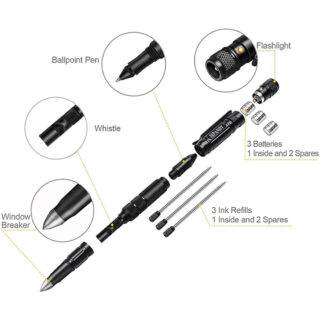
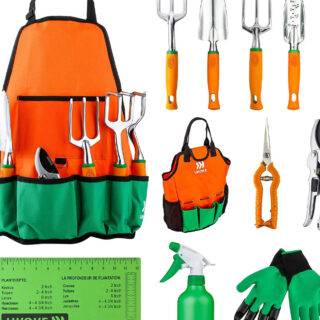

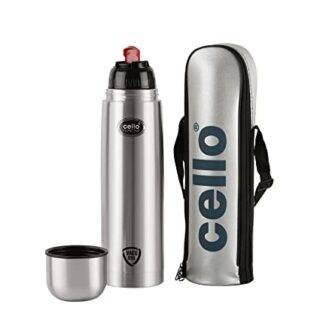
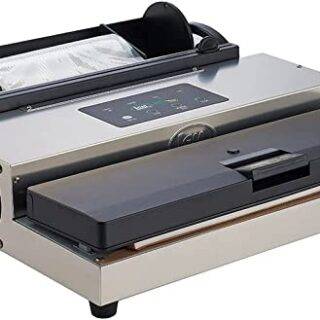
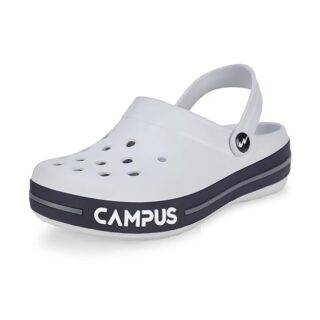
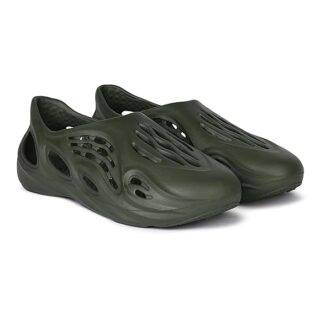


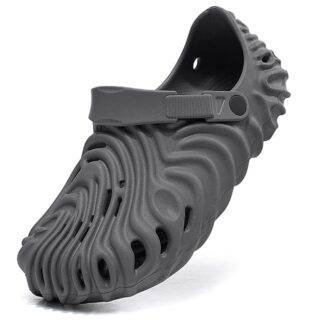
Leave a Reply